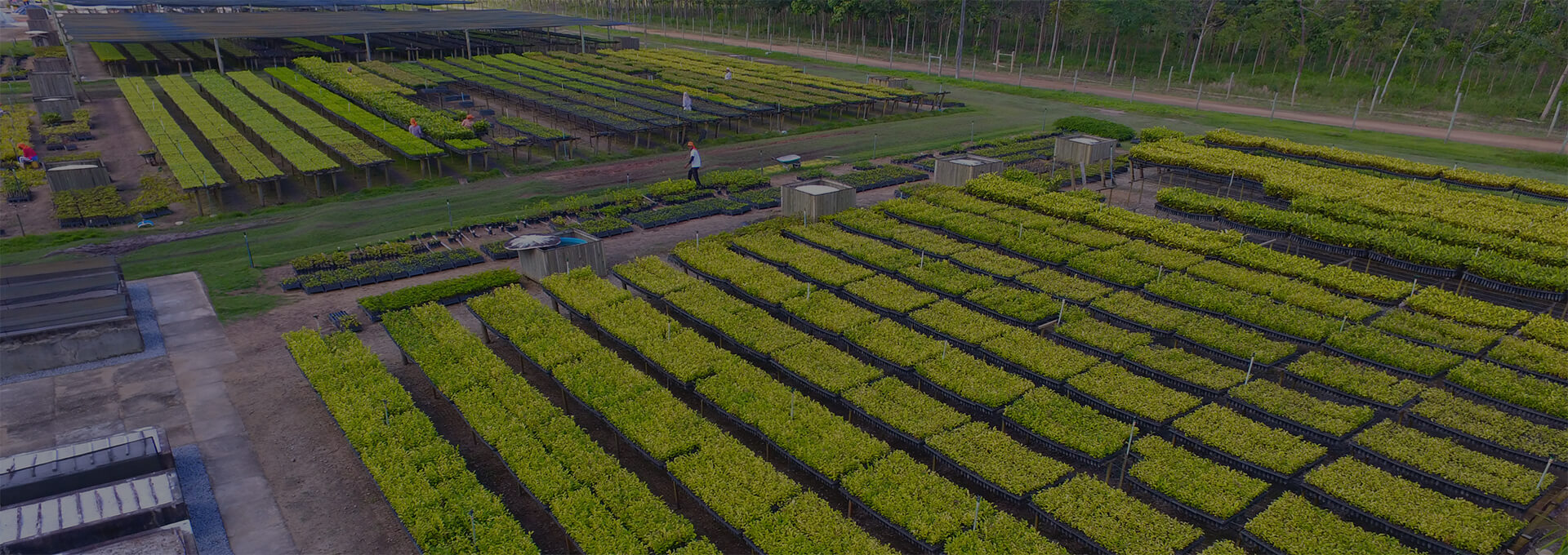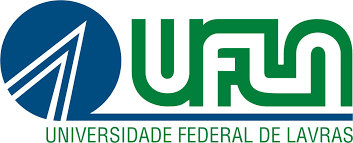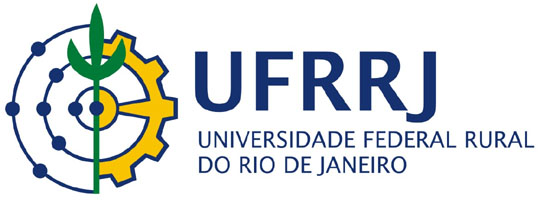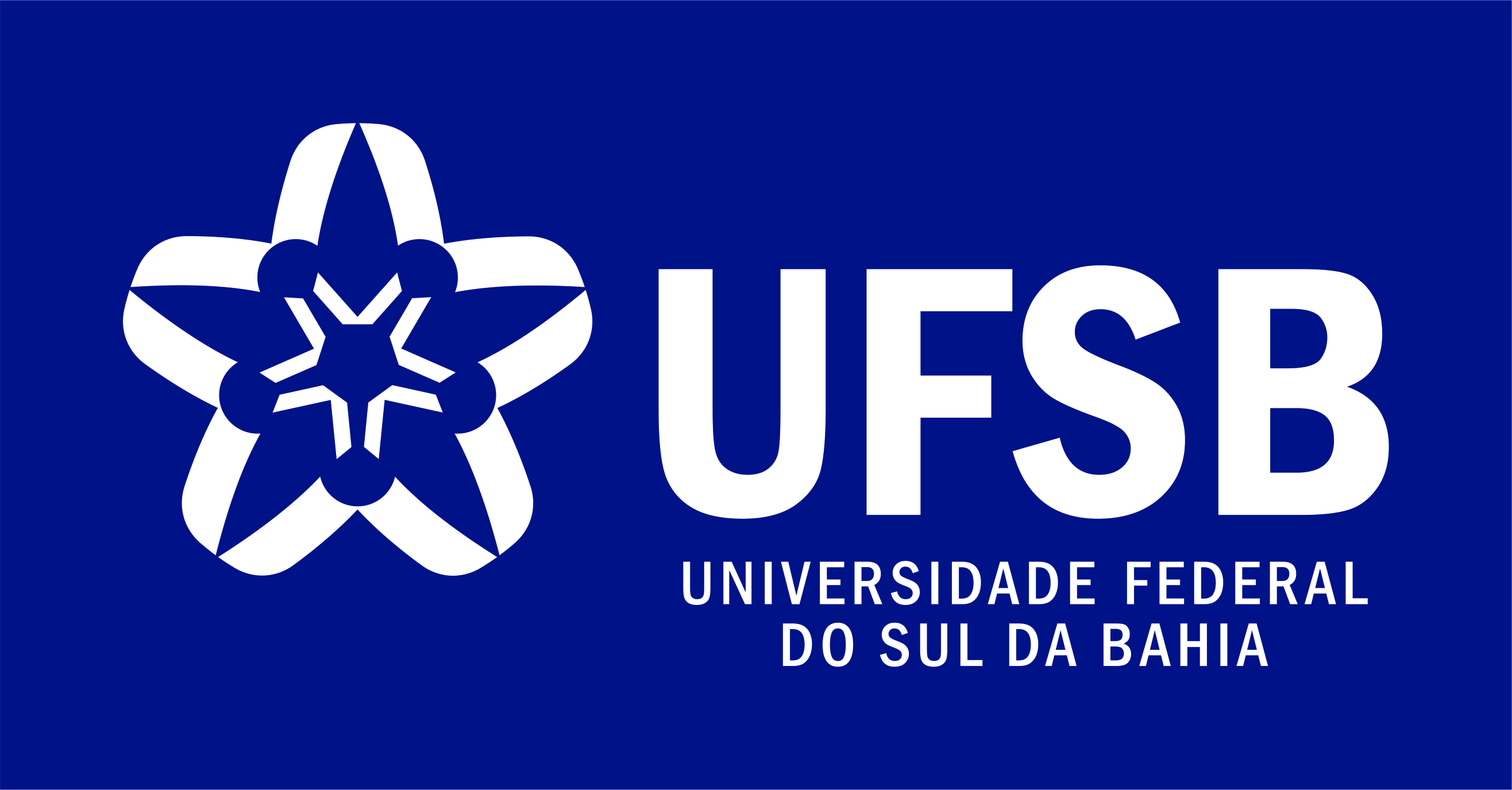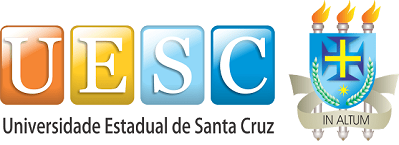Board of Executive Officers, responsible for the company’s management;
Board of Directors, responsible for defining the strategic guidelines and validating the company’s policies and goals;
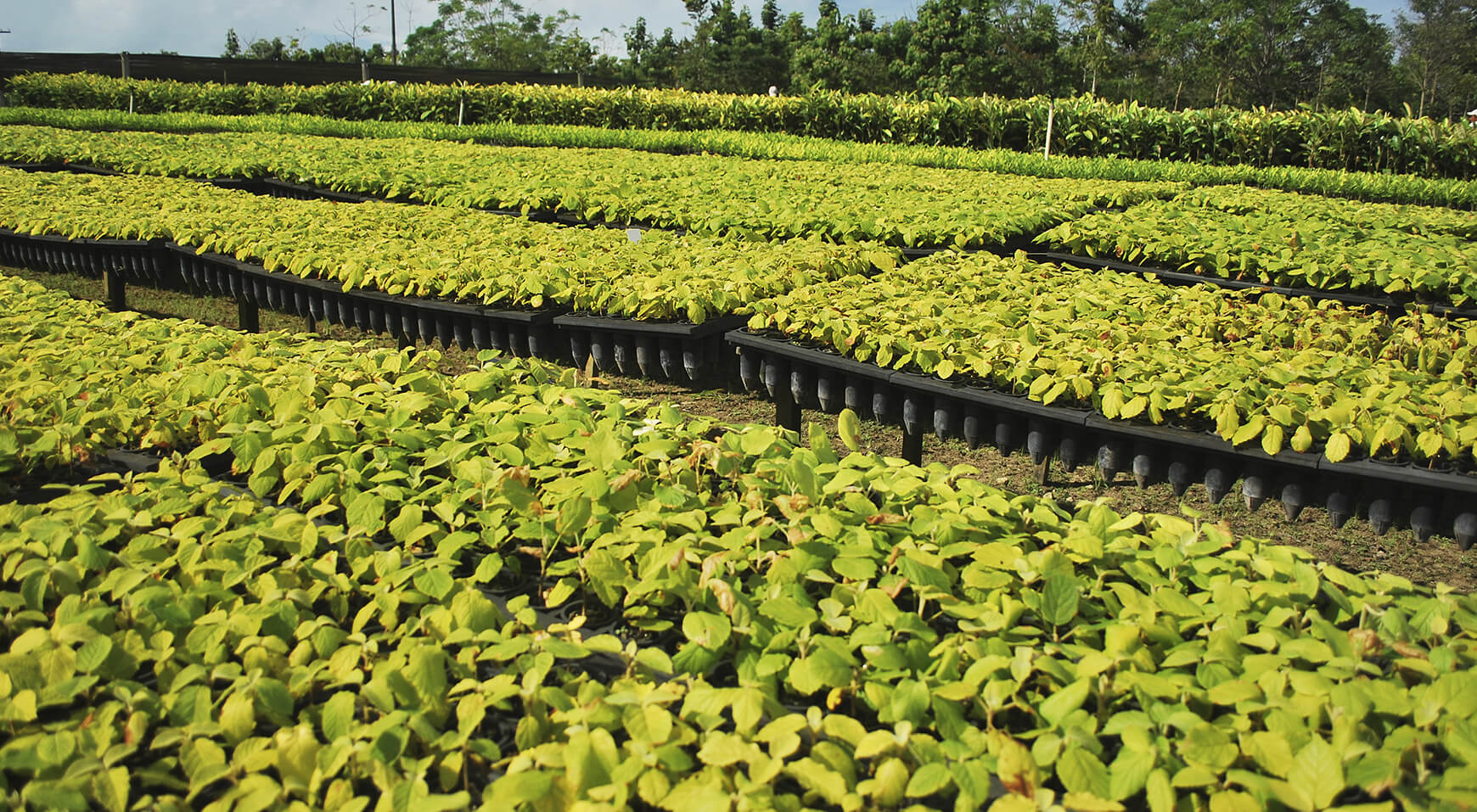
ABOUT US
Brazilian company, both of investments and operational, focused on defining a new standard for the timber industry. Our goal is to produce high quality timber for sawmill, with the planting of natural occurrence species of the Atlantic forest in a consortium, through reforestation and management of planted forests.
We control and manage the whole process, from selecting species, mother trees, seeds, seedlings, forming and managing forest stands, to the final product that reaches costumers. Each planted tree in our farms goes through a strict selection in order to produce high quality wood.
We have, at least, 60 mother trees marked for each of the 30 native species that we have planted in our production forests. This means that we have access to essential genetic variability to ensure the right supply of seeds, enable the formation of areas for seed collection, implement forest improvement programs and establish an “ex situ” genetic reserve for each of these species.
By using native species, we maximize biological growth and appropriate adaptability to the environment.
In the formation of commercial stands, different consortia with native and exotic species are used. These consortia, besides providing benefits to the system’s elements, offer different colors and textures of the timber spectrum, diversify marketing risks, minimize the effects of tropical monocultures, and have a positive impact on biodiversity.
The species used in the consortia have historically been the most wanted in the timber trade and, virtually all of them are already commercially unavailable. We have established a new opportunity to bring back these products, now in a sustainable manner.
Legal Reserves and Permanent Protection Areas are in accordance with or exceed the requirements of municipal, state, and federal laws. Over one hundred and sixty different Atlantic Forest species have already been used in these reconstitution and restoration projects, which not only restore the ecosystem functions, but also promote the recovery of biodiversity.
Previously, the predominant land use on our farms was cattle breeding. Based on this feature, we initially performed a forest inventory and, sequentially, monitored the fauna and flora, so that we could qualify and quantify the inflow of biodiversity that, gradually, has been occurring in our forest farms.
Our system predicts that the production of sustainable forestry wood is essential due to the increased demand for wood and industrialized wood as substitutes for energy-intensive materials such as steel and concrete.
The increased demand for forest products should and will be supplied by managed plantations in a sustainable manner, not by further deforestation of the existing natural forests. Wood is a renewable and carbon negative material with potential viability in long-term use products, such as external and internal building structures, as well as furniture. Symbiosis’ commitment to the potential of wood mitigation encompasses tree growth, product substitution, and long-term carbon storage.
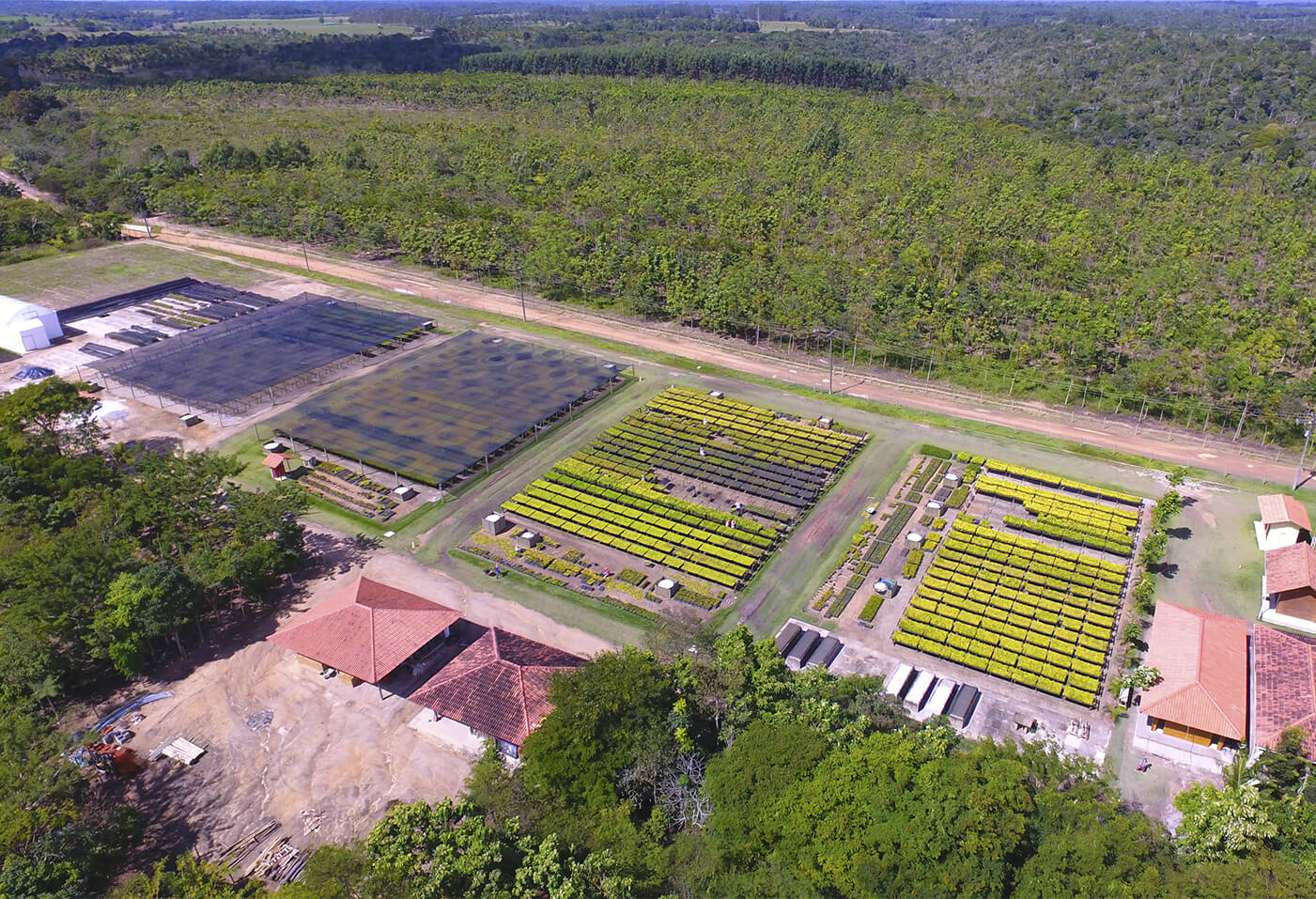
OUR PURPOSE
CORPORATE GOVERNANCE
SYMBIOSIS' corporate governance is based on principles of transparency, equity, responsibility and reliability in all businesses and relationships, fostering ethical and transparent conducts, respecting compliance processes.
The company's Corporate Governance structure is organized as follows:
For Symbiosis, compliance means complying with and enforcing internal and external laws, rules, regulations, and commitments. Therefore, its internal regulations aim to protect the company and preserve its reputation through effective measures against corruption, in defense of free competition and to prevent losses and fraud.
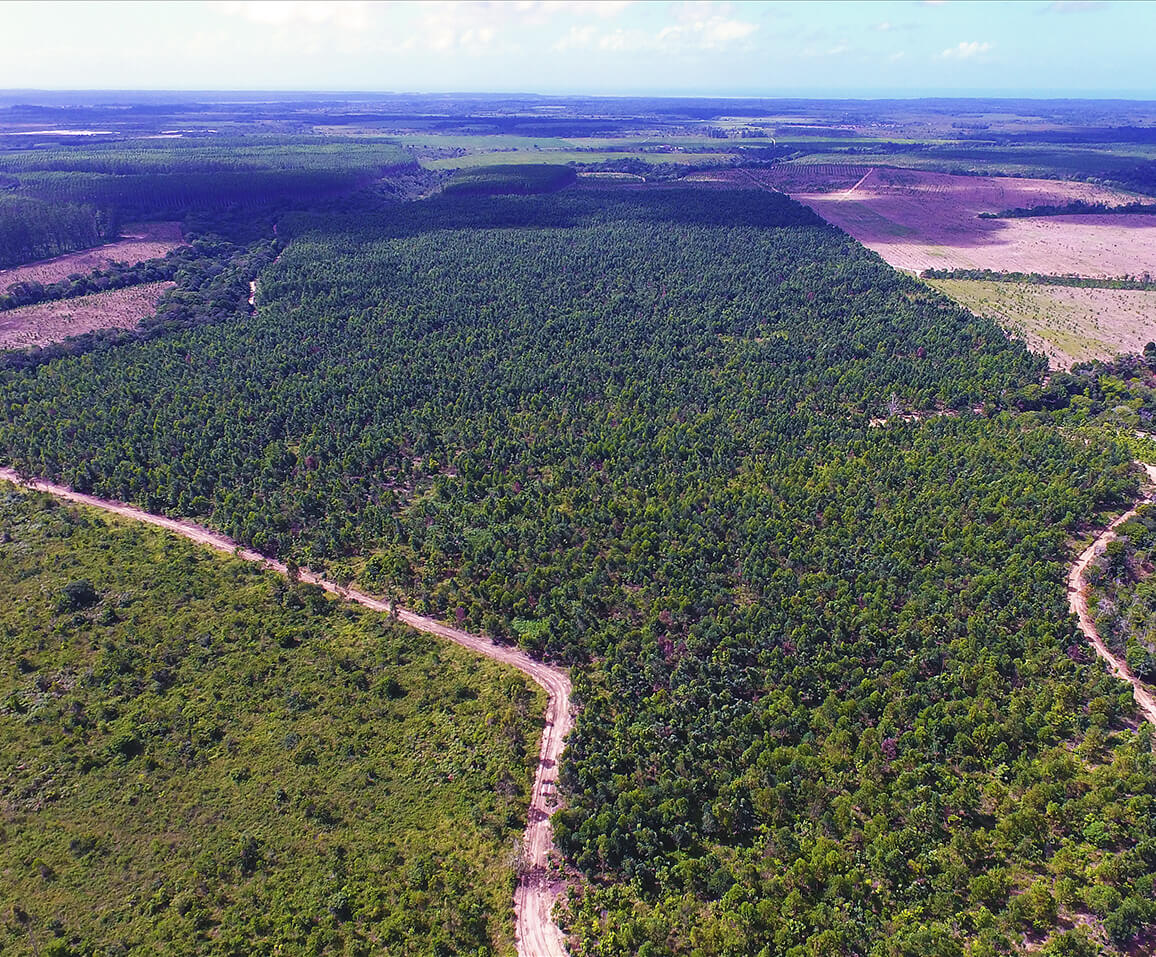
THE ATLANTIC FOREST
The Atlantic Forest region is at the top of global statistics on habitat and biodiversity loss, with more than 93% of its original forest already devastated. A big part of what is left is confined to small fragments, with the majority in decrepitude.
The remaining original Atlantic Forest fragments continue to deteriorate either by their direct use or by hunting and biological contamination.
Approximately 12 years ago, Conservation International selected the Atlantic Forest as one of its most important priority hotspots for biodiversity conservation around the world.
The Atlantic Forest hotspot is undoubtedly the most devastated biome and one of the most threatened on the planet. Around 3,000 species of plants, 35 of mammals and 104 species of birds are threatened. Nearly 70% of Brazilians live within the original distribution of the Atlantic Forest and three of the continent’s largest urban centers are also located there.
CONTACT US
Feel free to contact us



